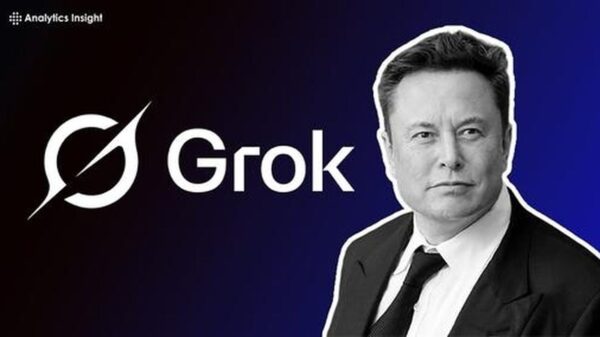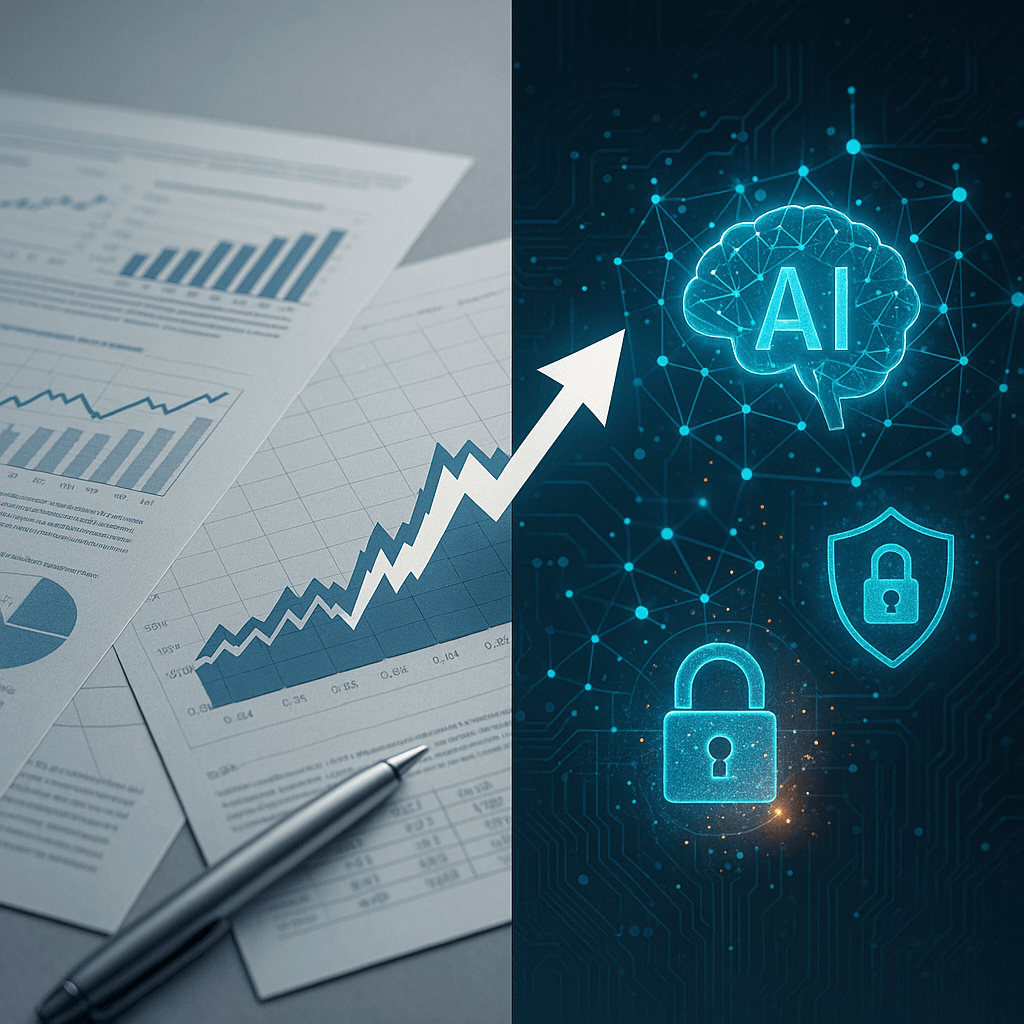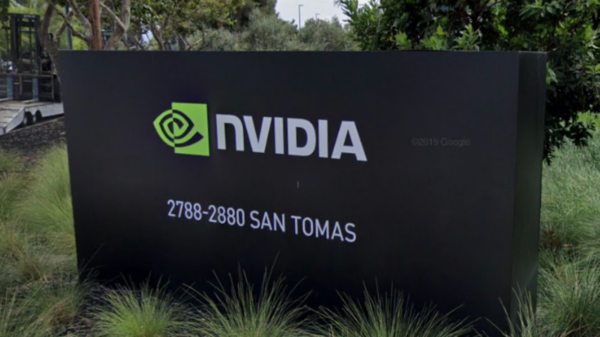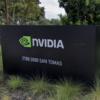This week, Wall Street analysts encountered a significant oversight regarding Palo Alto Networks, a leading name in the cybersecurity field. Contrary to bearish predictions, the company’s stock not only defied expectations but also surged alongside two other favored portfolio stocks, reaching new heights. This incident underscores a fundamental misunderstanding of enterprise cybersecurity dynamics, particularly as the landscape is rapidly altered by AI-driven threats.
The analysts’ predictions missed the mark entirely, as they had anticipated a downturn for Palo Alto Networks. Instead, the stock surged past resistance levels, fueled by what appears to be a sharp increase in enterprise demand that existing metrics fail to account for. The misjudgment was so pronounced that CNBC’s Investing Club addressed it during their Thursday afternoon “Homestretch” update, emphasizing the unusual nature of this market shift.
According to the Investing Club, “Every weekday, the Investing Club releases the Homestretch; an actionable afternoon update just in time for the last hour of trading.” This particular update carried greater significance due to the analyst community’s substantial miscalculation.
The timing of this shift is particularly revealing. Traditional Wall Street models tend to focus on metrics like quarterly subscription growth and customer acquisition costs. However, the cybersecurity landscape is undergoing a dramatic transformation due to emerging AI threats that necessitate innovative defensive strategies. Palo Alto Networks has strategically positioned itself to capitalize on this evolution, yet analysts have continued to evaluate the company based on outdated models that do not reflect current realities.
Interestingly, this analyst misstep coincided with two other well-regarded companies achieving new highs in the same trading session. This trend suggests a broader disconnect between the valuation models used by institutional analysts for enterprise technology companies and the actual market perceptions of their growth potential.
Enterprise security spending has surged beyond most forecasting models’ expectations, primarily because AI is compelling organizations to reevaluate their entire security framework. Legacy approaches, particularly perimeter defenses that have been effective for decades, are rapidly becoming obsolete. This shift creates a lucrative opportunity for companies like Palo Alto Networks, which offer comprehensive platform solutions capable of addressing these new challenges.
The ongoing struggle that the analyst community faces when attempting to value cybersecurity firms is not new. However, it has become increasingly pronounced as the sector transitions from point solutions to integrated platform offerings. Companies that successfully merge threat detection, response, and prevention across both cloud and on-premises environments are now commanding premium valuations that traditional metrics struggle to capture.
In this evolving market, understanding the implications of AI in cybersecurity is essential. As threat landscapes become more complex, businesses are recognizing the need for advanced solutions that go beyond conventional methods. Palo Alto Networks, with its focus on comprehensive cybersecurity platforms, is poised to play a pivotal role in this transformation, defying outdated predictions and aligning more closely with market realities.
This case serves as a potent reminder of the challenges analysts face in accurately forecasting the future of cybersecurity in an age increasingly dominated by AI technologies. The dynamics of enterprise security are shifting rapidly, and companies that fail to adapt their evaluation frameworks may find themselves perpetually lagging behind.
 Factory Disrupts State-Linked Cyberattack Using AI to Hijack Development Platform
Factory Disrupts State-Linked Cyberattack Using AI to Hijack Development Platform CDW Empowers UNC Greensboro to Launch Immersive AI and VR Learning Programs
CDW Empowers UNC Greensboro to Launch Immersive AI and VR Learning Programs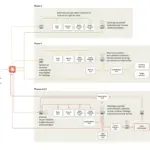 Chinese State Hackers Deploy AI in Unprecedented 30-Target Cyberattack, Warn Experts
Chinese State Hackers Deploy AI in Unprecedented 30-Target Cyberattack, Warn Experts CASPER AI Launches with Context-Aware Cyber Threat Detection for Enhanced Security
CASPER AI Launches with Context-Aware Cyber Threat Detection for Enhanced Security Google Launches AI Security Frameworks and Scam Protection Tools for India’s Digital Economy
Google Launches AI Security Frameworks and Scam Protection Tools for India’s Digital Economy
